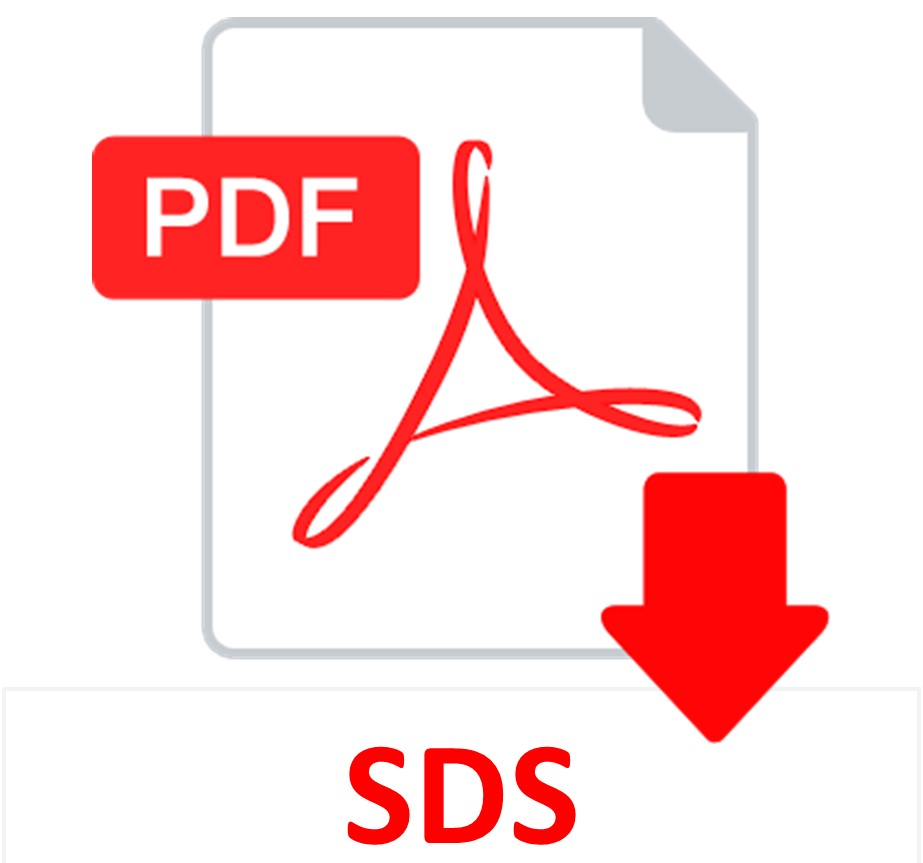Wright Stain, Modified
(use: Stronger for auto stainers.)
SOLUTION:
| 500 ml | 1 Liter | 1 Gallon | |
| Wright Stain, Modified | Part 1421A | Part 1421B | Part 1421C |
Additionally Needed:
| Alcohol, Methanol Anhydrous, ACS | Part 12236 |
| Wright Stain Buffer, pH 6.8 | Part 1430 |
For storage requirements and expiration date refer to individual bottle labels.
APPLICATION:
Newcomer Supply Wright Stain, Modified for Smears, provides a concentrated Wright’s formula for differential staining of cell types in peripheral blood smears and bone marrow smears/films. This procedure is applicable for either hand or automated staining processes.
METHOD:
Technique: Flat staining rack method
Solutions: All solutions are manufactured by Newcomer Supply, Inc.
PRESTAINING PREPARATION:
-
- Prepare within an accepted time frame, a well-made blood smear or bone marrow smear/film per your laboratories protocol, with a focus on uniform cell distribution.
- Allow slides to thoroughly air-dry prior to staining.
- Filter Wright Stain, Modified prior to use with quality filter paper.
-
- Filter sufficient stain to allow 1 ml of stain per slide.
-
STAINING PROCEDURE:
-
- Place slides on flat staining rack suspended over sink.
- Fix by flooding slides with Methanol (Part 12236); 10-30 seconds.
- Drain off
- Flood each slide with 1 ml of filtered Wright Stain, Modified for 3-5 minutes.
-
- See Procedure Notes #1 and #2.
-
- Retain Wright Stain, Modified on slides.
- Directly add 1 ml of Wright Stain Buffer, pH 6.8 (Part 1430) to each slide; agitate gently to mix with retained Wright Stain.
- Stain for an additional 6-10 minutes.
- Wash well in distilled water; rinse thoroughly in running tap water.
- Air-dry slides in a vertical position; examine microscopically.
- If coverslip is preferred, allow slides to air-dry and coverslip with compatible mounting medium.
RESULTS:
| Erythrocytes | Pink |
| Neutrophils | Granules – Purple |
| Eosinophils | Granules – Pink |
| White blood cells | Chromatin – Purple |
| Lymphocytes | Cytoplasm – Blue |
| Monocytes | Cytoplasm- Blue |
| Bacteria | Deep Blue |
PROCEDURE NOTES:
-
- Timings provided are suggested ranges. Optimal times will depend upon staining intensity preference.
- Smears containing primarily normal cell populations require minimum staining time; immature cells and bone marrow smears/films may require longer staining times.
- The color range of stained cells may vary depending on buffer pH and pH of rinse water.
-
- Alkalinity is indicated by red blood cells being blue-grey and white blood cells only blue.
- Acidity is indicated by red blood cells being bright red or pink and lack of proper staining in white blood cells.
- If necessary, adjust buffer pH accordingly to 6.8 +/ – 0.2.
-
REFERENCES:
-
- Lillie, R. D., and Harold Fullmer. Histopathologic Technic and Practical Histochemistry. 4th ed. New York: McGraw-Hill, 1976. 747-748.
- McPherson, Richard and Matthew Pincus. Henry’s Clinical Diagnosis and Management by Laboratory Methods. 22nd ed. Philadelphia: Elsevier Saunders, 2011. 522-532.
- Sheehan, Dezna C., and Barbara B. Hrapchak. Theory and Practice of Histotechnology. 2nd ed. St. Louis: Mosby, 1980. 154-155.
- Modifications developed by Newcomer Supply Laboratory.



